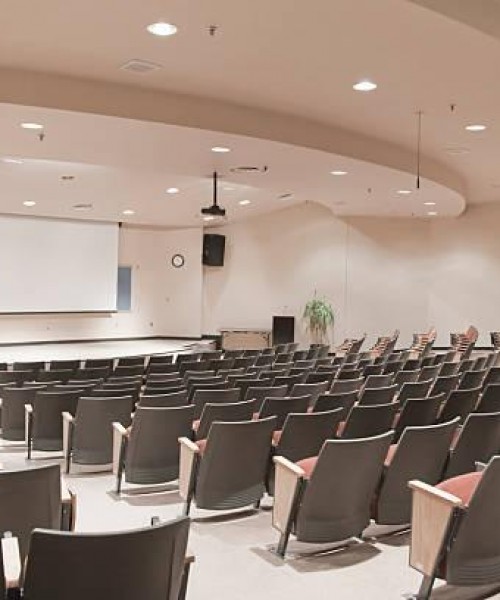Bargaining power of buyers
Bacardi s products present in various places around the world. Bacardi has relatively strong power over the retailers because of brand awareness and the high quality of the products. Most of brands in Bacardi's portfolio are well-known therefore end-customer will definitely look for them. Since the economic situation is getting better and better after recent recession, customer will have more purchasing power and Bacardi will likely to gain benefit from it. However, company heavily driven by consumer preference and tastes, which is different from country to country.
Bargaining power of suppliers
The bargaining power of the suppliers within the industry is relatively small. For example, in the case of Bacardi, the production depends upon the availability of sugarcane, molasses, barley, wine grapes etc. hence any change in prices of these raw materials effects the price of the spirit (Purwanto, 2009). However bargaining power of suppliers within the alcohol industry would be relatively small: there are substitutes for what supplier group provides. Fully-owned operation is its most popular method and is prevalent in all Bacardi's major markets. The company operates 27 production facilities, including bottling, distilling and manufacturing facilities, located in 17 countries including Puerto Rico, Scotland, Italy, France, Spain, Germany and Mexico (Bacardi limited Annual Report, 2009).
Rivalry
Bacardi is the world's sixth biggest spirits company and world's third largest international company, behind Diageo and Pernod Ricard (Exhibit 1), with almost 2% of global volume sales in 2007(Euromonitor, 2009a).
According to Euromonitor (2009a) report the company is facing high pressure from all sides, as if compare to its two main rivals Diageo and Pernod Ricard, Bacardi has under-performed in growth terms in both organic and inorganic terms over the 2002-2007 period.
Company's poor performance has meant that its global volumes were less than half both Diageo and Pernod Ricard in 2007. The company achieved growth of 15% over the 2002-2007 period, compared to Diageo's 22% and Pernod Ricard's 84%, from much high 2002 volume growth.
Source: Euromonitor, 2008b. Global Alcoholic Drinks: Buying and Winning Share in Global Spirits 2008 25 p
Mission of Bacardi is distribution its portfolio of international brands to trade clients and consumers all over the world. As it is a major producer of distilled liquors, the goals of the company seem logical: to expand the sales of the products internationally is the goal of most mainstream companies, and to expand the product line successfully is to expand the profit. Also from the competitive analysis it can be seen the company's poor performance compared to its competitors, which is also drive to further internationalisation (Bacardi Limited, 2007).
2. Analysis on choice of entry country.
Prior to making a choice of entry country, it was required to analyse existing markets and look at other potential markets as well.
Primarily, Bacardi's main focus is on developed economies as 76% of volume sales were from North America and Western Europe, where expected growth in these markets is CAGR of 1% and 0% respectively over 2008-2013.
Considering Bacardi has only 10% of its volumes sales in other markets combined, it is missing out on opportunities to grow its non rum brands.
Secondly, Bacardi's over reliance on rum which accounts for 60% of its global volume sales in 2007, reveals a major flaw as white rum is being outperformed by dark rum in all markets. And where white rum market is growing, the brand has reached saturation point.
To recover market share, Bacardi should consider growth in emerging economies as many Bacardi's brands are expected to grow in these markets. For instance, Chinese and Thai markets are expected to grow by 24 million litres and 11 million litres respectively in blended Scotch whiskey over 2008-2013. In India, expected growth of vodka and rum is about 71 and 56 million litres respectively.
There is potential growth of blended Scotch whiskey, cognac, premium vodka and tequila in the Russian market, whereas in Brazil, vodka and blended Scotch whiskey have strong growth prospects. (Euromonitor, 2009)
Bacardi should focus its attention in BRIC countries viz. Brazil, Russia, India and China. The rationality for this approach are the following reasons: these countries account for 43% of world's population
Show real growth prospects in the near future i.e. 5-20 years as compared to developed economies (Exhibit 2).
Chinese economy will probably overtake both UK and German economies by year 2015 and expectation is that it will deliver around 1 billion new consumers over the next quarter of a century
Fundamental advantage of BRIC countries is that, as they develop, money filters down to the general population, which in turn increases their purchasing power. (LearnMoney.co.uk Ltd, 2009)










